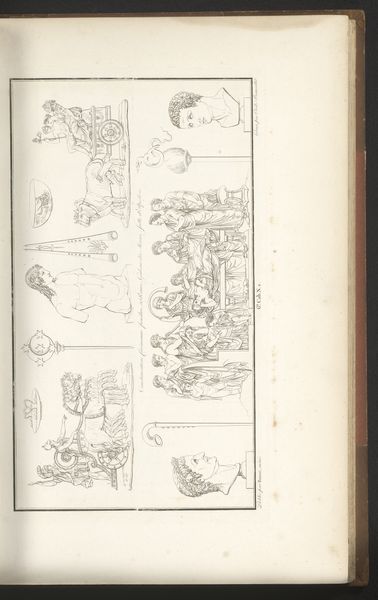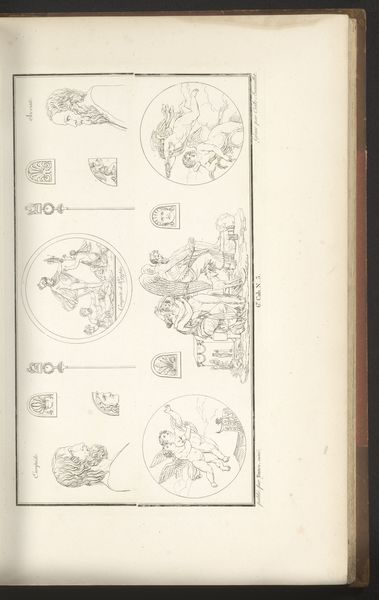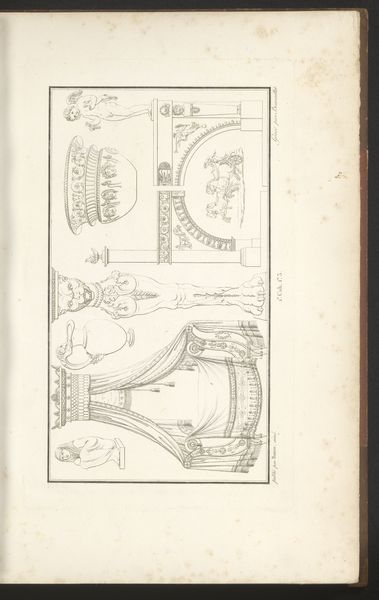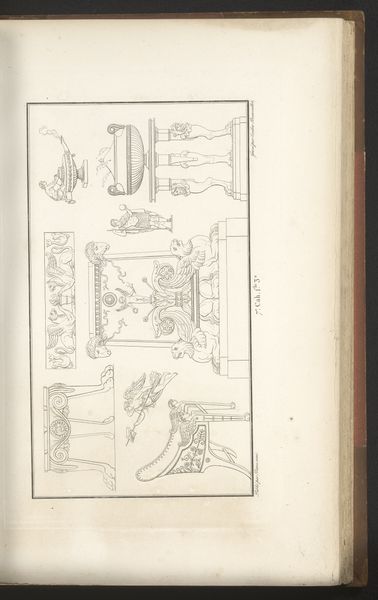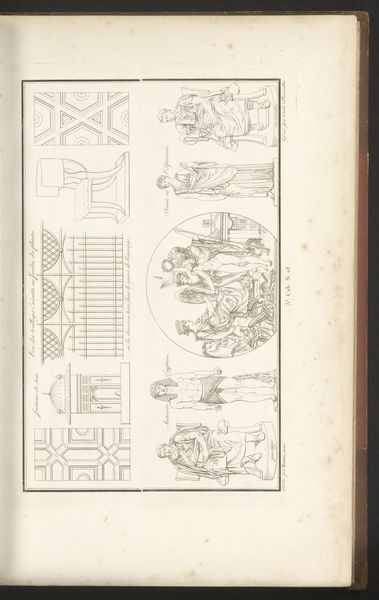
drawing, paper, ink
#
drawing
#
ink drawing
#
greek-and-roman-art
#
classical-realism
#
figuration
#
paper
#
ink
#
classicism
#
line
#
history-painting
Dimensions: height mm, width mm
Copyright: Rijks Museum: Open Domain
This scene of Roman sacrifice, created by Cécile Beauvallet, presents a tableau rich with symbolic gestures. Note the figures draped in togas, their heads often veiled, participating in a ritual that speaks to the core of Roman piety. This act of sacrifice, of offering something precious to the gods, reflects a deep-seated human desire to appease the unknown, to establish a reciprocal relationship with the divine. Consider how the act of veiling recurs across cultures and centuries, from ancient priestesses to veiled Madonnas. The veil serves as a potent symbol of mystery and reverence, marking a boundary between the mundane and the sacred. This visual motif speaks to the subconscious recognition of hidden, ineffable truths. The practice of sacrifice itself echoes through time. Whether in the form of agricultural offerings, or votive gifts, it underscores a primal human impulse to give in order to receive, a transaction laden with hope and anxiety. These images, passed down through generations, tap into our collective memory, reminding us of the timeless human quest for meaning and security in a world that often feels chaotic and unpredictable.
Comments
No comments
Be the first to comment and join the conversation on the ultimate creative platform.
